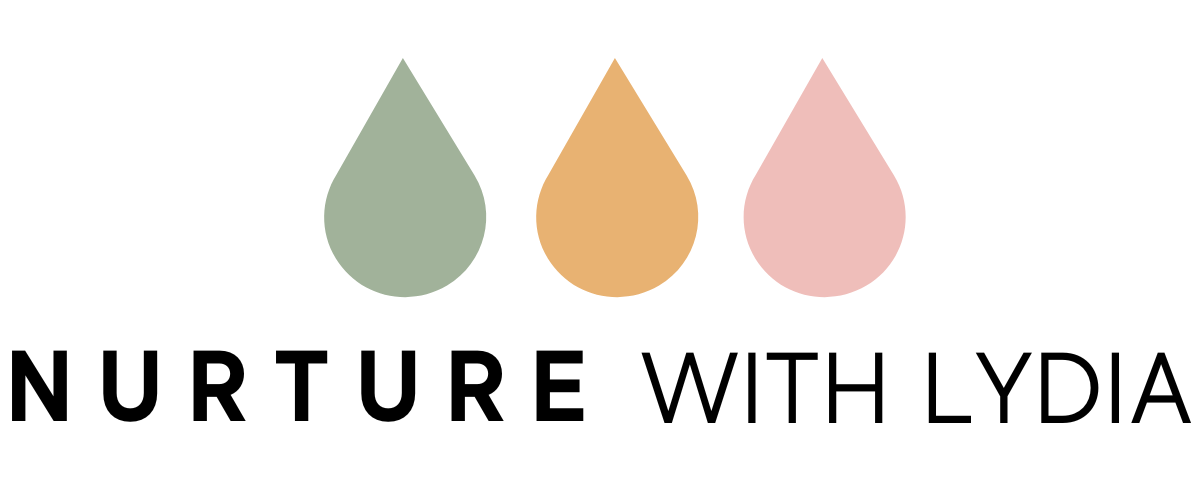Skin-to-skin contact: what are the benefits?
Skin-to-skin contact has so many amazing benefits for you and your baby, starting after birth and continuing throughout infancy. Who knew a cuddle could be so magical?
Protecting against infections
Immediate skin-to-skin after birth allows your friendly bacteria to colonise on your baby’s skin, thereby protecting them against infections.
Regulating your baby’s temperature, heart rate, and breathing
Having just left the comfort of your womb and entered a loud, bright, and unfamiliar world, you are all your baby knows, so hearing your heartbeat and the vibration of your voice will soothe them as well as regulate their temperature, heart rate, and breathing.
Helping your baby’s breastfeeding instincts to kick in
Healthy full-term babies are born with three strong reflexes: they know how to root, suck, and swallow which are the required behaviours to breastfeed effectively. In fact, research has shown that babies are also capable of the ‘breast crawl’, which is when they are placed, uninterrupted, on their mother’s chest and then draw their knees up, seeming to crawl to their mother’s breast.
Babies are born with the instinct to breastfeed, but certain conditions need to be in place to encourage and support their natural breast-seeking behaviour. Skin contact as soon as possible after birth allows your baby to initiate their instinctual behaviour and reflexes, helping them to attach and suckle for the first time.
Promoting the release of oxytocin and prolactin
Skin-to-skin contact encourages your body to release the hormones oxytocin and prolactin, which both play key roles in producing and releasing your breast milk.
Oxytocin is often referred to as the ‘love hormone’, so being close to your baby will give you a rush of oxytocin which promotes relaxation and a strong attachment between you and your baby. This is especially helpful in the first hours and days after birth, but is always a useful tool. If your baby is fussy or overtired, skin-to-skin and keeping your baby close in ways such as babywearing is an incredibly useful tool.
In fact, some research has suggested that skin-to-skin contact may help with postnatal depression, but please seek medical advice if you think you might be struggling with postnatal depression.
How much skin-to-skin contact is enough?
Now that you know the benefits of skin-to-skin contact, you might be wondering exactly how much you should aim for after birth. You may have heard of the ‘Golden Hour’, but there is no time limit on the benefits of initial skin-to-skin, except perhaps ‘as much as you can’.
If there are no complications and you and your baby are well, your baby should be placed directly onto your bare chest after the birth and ideally kept there until their first feed.
If you can’t hold your baby straight away, don’t worry, skin-to-skin as soon as possible after delivery is going to be beneficial. If you’re unable to have skin-to-skin contact, your birth partner can absolutely get involved instead.
Your baby will need to be weighed after birth, but this can happen immediately after the birth or after their first feed. Remember, this is your decision, not the medical team looking after you. Your baby will also need to be checked over but often this can be done whilst they are skin-to-skin with you.
If you are worried your baby is getting cold if they’re naked or in just a nappy, blankets and layers can be placed on top of you both. Your body regulates your baby’s temperature and is the warmest and best place for them.
If you didn’t get the opportunity for skin-to-skin contact soon after your birth, don’t worry, skin-to-skin is beneficial long after the birth and your attachment with your baby isn’t solely dependent on early skin-to-skin.
If you’d like to learn more about skin-to-skin contact and the first hours and days after birth, you can book a feeding support session with me. I’ll teach you everything you need to know about feeding your baby whether you choose to breastfeed, bottle feed or combination feed. View my full list of services here.

